Jingogae (진고개)
935.8M 2024-03-12
19-1 Chungmu-ro, Jung-gu, Seoul
+82-2-2267-0955
Jingogae is a standing store that opened its doors in 1963. Its signature dish is the eobok jaengban (boiled meat slices hot pot), where thick slices of meat are stacked along with vegetables, mandu, rice cakes, and eggs, all boiled together. In addition to this, they also serve dishes such as gejang jeongsik (marinated crab set menu), gopchang jeongol (small intestine hot pot), galbitang (galbi soup), and yukgaejang (spicy beef soup). The spicy and richly seasoned yangnyeom gejang (spicy marinated crab) is also a popular menu item, which when paired with rice, enhances its flavors even further.
Chungmuro Ttukbaegi (충무로뚝배기)
948.8M 2021-03-18
43, Mareunnae-ro, Jung-gu, Seoul
+82-2-2272-0068
Well-known for Korean spicy stew. The representative menu is kimchi stew. This Korean cuisine is located near Euljiro 3(sam)ga Station, Seoul.
Golfzon Market - Yaksu Branch [Tax Refund Shop] (골프존마켓 약수)
950.5M 2024-04-19
214, Dongho-ro, Jung-gu, Seoul
-
GAMMEEOK (감미옥)
957.4M 2021-03-18
166-1, Jong-ro, Jongno-gu, Seoul
+82-2-2269-6933
A restaurant specializing in seolleongtang (ox bone soup) for over 30 years now. The best menu at this restaurant is ox bone soup. This is a Korean cuisine located in Jongno-gu, Seoul.
Heunginjimun Gate - Dongdaemun Gate (흥인지문)
971.2M 2024-10-10
288, Jong-ro, Jongno-gu, Seoul
+82-2-2148-1842
Heunginjimun Gate was built to protect Hanseongbu, which historically housed essential government facilities. Heunginjimun Gate was the gate on the east side of the outer wall of Seoul Fortress among eight gates. It is referred to as Dongdaemun Gate as well. The gate was constructed during King Taejo’s 5th year in 1396, remodeled during the reign of King Danjong in 1453, and was newly built in 1869 during the sixth year of King Gojong’s reign in 1869.
The gate features a hipped roof with five front and two side compartments on a two-storied building. The thin and weak bracket system supports the eaves and is excessively decorated, reflecting the construction features of the late Joseon period. Also, outside of the fortress is the half-circle-shaped Ongseong, a small wall, to protect the gate.
One of the unique factors of Heunginjimun Gate is that it is the only gate among Seoul’s eight to have Ongseong, further exhibiting the style of construction used during the late Joseon period.
Haemul Saryeongbu (해물사령부)
971.5M 2021-03-19
10, Jong-ro 31ga-gil, Jongno-gu, Seoul
+82-2-763-8882
Blowfish broth is used for all dishes. The representative menu is braised beef short ribs and seafood/braised spareribs and seafood. This is a Korean cuisine located in Jongno, Seoul.
Euljiro Nogari Alley (을지로 노가리골목)
980.9M 2024-10-29
129, Eulji-ro, Jung-gu, Seoul
+82-2-1330
The alley that connects from Euljiro 3(sam)-ga Station, Exit 4 is full of people eating dried young pollack and drinking beers at tables along the street every night. Under the bright lamp lights, plastic tables filled with customers can be seen. The first Nogari pub, Eulji OB Bear, opened in November 1980 to form what is now the Euljiro Nogari Alley. Euljiro also has the largest Printing Alley in the nation, providing printing for almost all books and printed materials across the country. The shift workers would stop by the pub for dried young pollack and cold beer before heading home after work, leading to more restaurants opening nearby until the alley was formed. In the beginning dried young pollack was cooked over a briquet fire and served with red pepper paste, but now, the alley is full of pubs and restaurants serving various types of food, but nothing beats nogari and cold draft beer.
Namsangol Hanok Village (남산골한옥마을)
988.2M 2024-10-25
28 Toegye-ro 34-gil, Jung-gu, Seoul
+82-2-2261-0500
Namsangol Hanok Village opened in 1998 on the northern side of Namsan Mountain in the center of the capital. This village has five restored hanok (traditional Korean house) premises, a pavilion, a traditional garden, a performance art stage, and a time capsule plaza, making it a perfect spot for locals and tourists to take a leisure walk. Upon entering from the front gate, visitors will get a taste of Korea's traditional life while escaping from bustling city life. The traditional garden with its pavilion and old houses creates a peaceful ambiance before the forested Namsan Mountain. A time capsule commemorating Seoul’s 600th anniversary was buried in 1994 at the highest point of the village and is scheduled to be reopened 400 years later in 2394.
The five hanok premises at Namsangol Hanok Village once belonged to aristocrats and government officials of the Joseon dynasty. Each house was originally located in a different neighborhood, but they were all moved to this area and restored to their original form. The houses were rebuilt using their original materials, except for one house, where the materials were too old and deteriorated to be reused. The premises were carefully restored and replicated according to their original form to depict the owners’ social class and personality. These buildings are now used as an exhibit to portray the living environment during the Joseon dynasty and as a venue for educational and cultural programs for children and tourists.
Some of the unique programs and activities to participate in include wearing hanbok, folding hanji (traditional Korean paper), writing in Korean, traditional tea ceremony, traditional etiquette school, and herbal medicine experience. There are also taekwondo demonstrations and other various performances held around the village. Visitors can also try traditional games such as yunnori (traditional board game), or understand more about the area through a guided tour.
EPAIS (에페)
988.2M 2021-03-19
31, Jong-ro 31-gil, Jongno-gu, Seoul
+82-2-747-8894
This is a Japanese cuisine located in Jongno, Seoul. The best menu at this restaurant is house-made pork loin cutlet. The favorite store of office workers.
Yangmiok (양미옥)
991.3M 2020-01-06
62, Chungmu-ro, Jung-gu, Seoul
+82-2-2275-8838
Yangmiok takes pride in serving customers dishes prepared with only the finest ingredients. A special sauce made with soy sauce, sugar, chili powder, sesame oil, garlic, and ginger is served with beef dishes upon request.

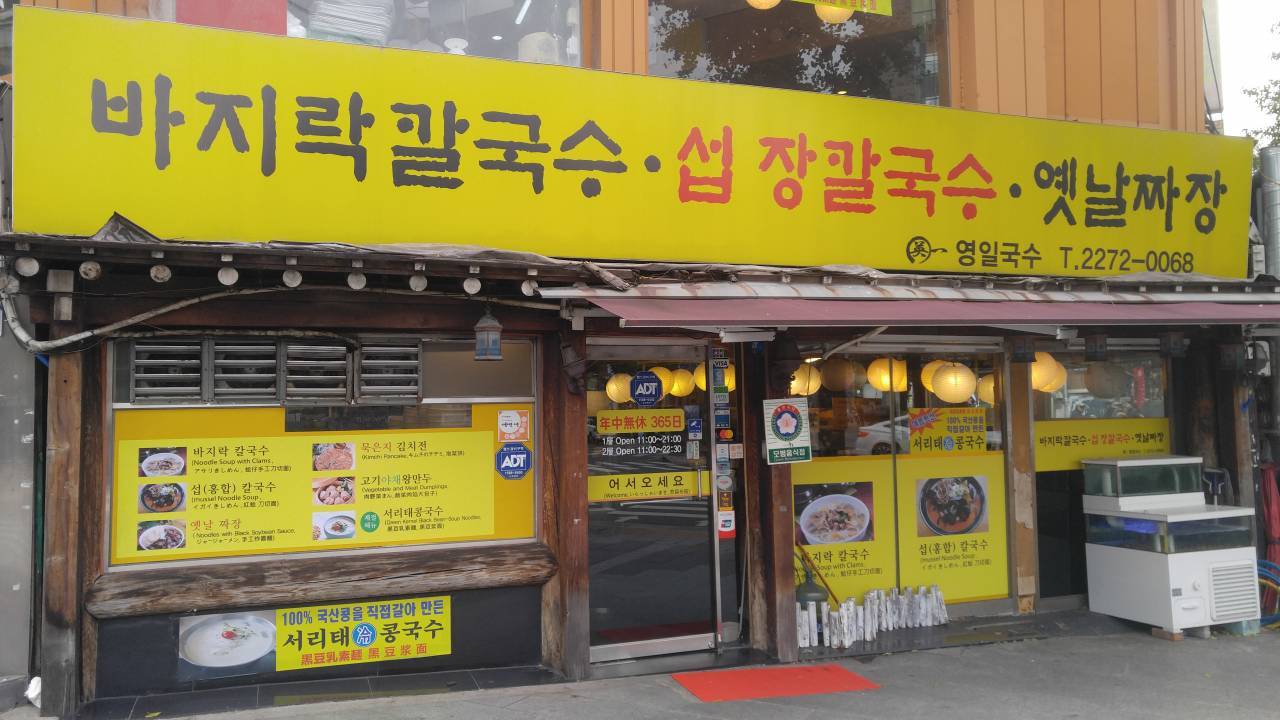
![Golfzon Market - Yaksu Branch [Tax Refund Shop] (골프존마켓 약수)](http://tong.visitkorea.or.kr/cms/resource/43/2878743_image2_1.jpg)
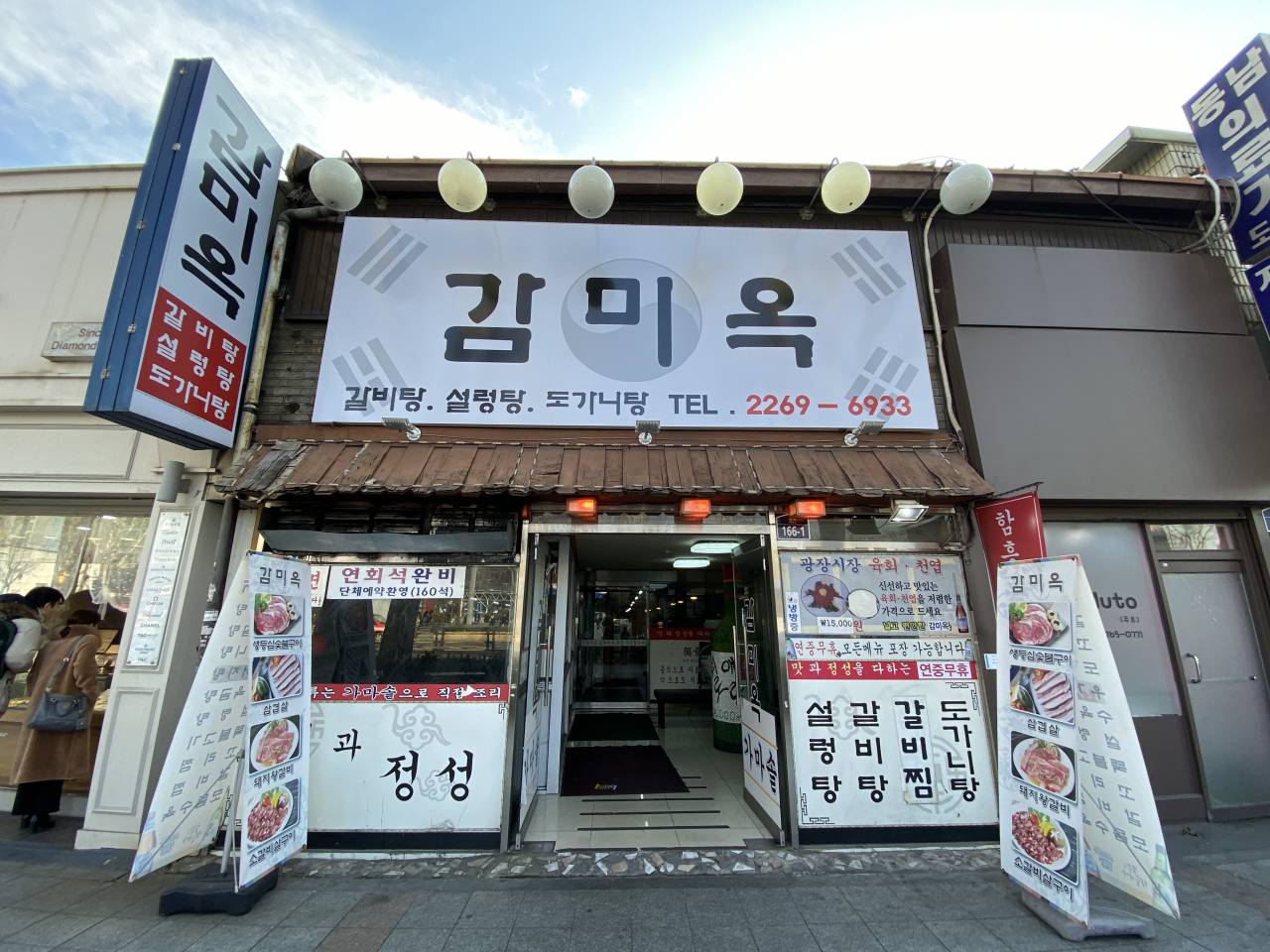
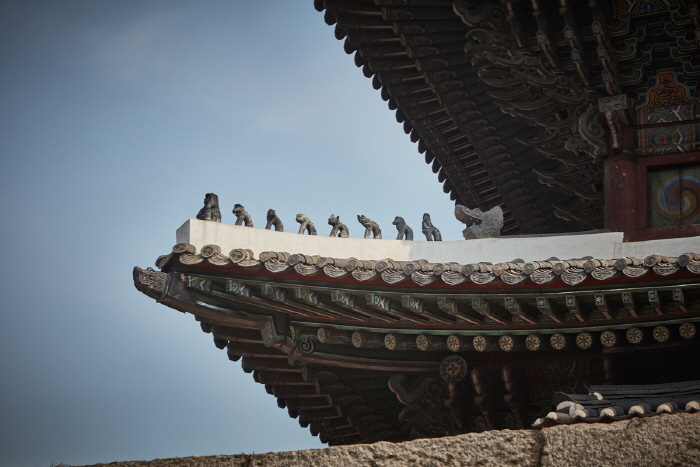
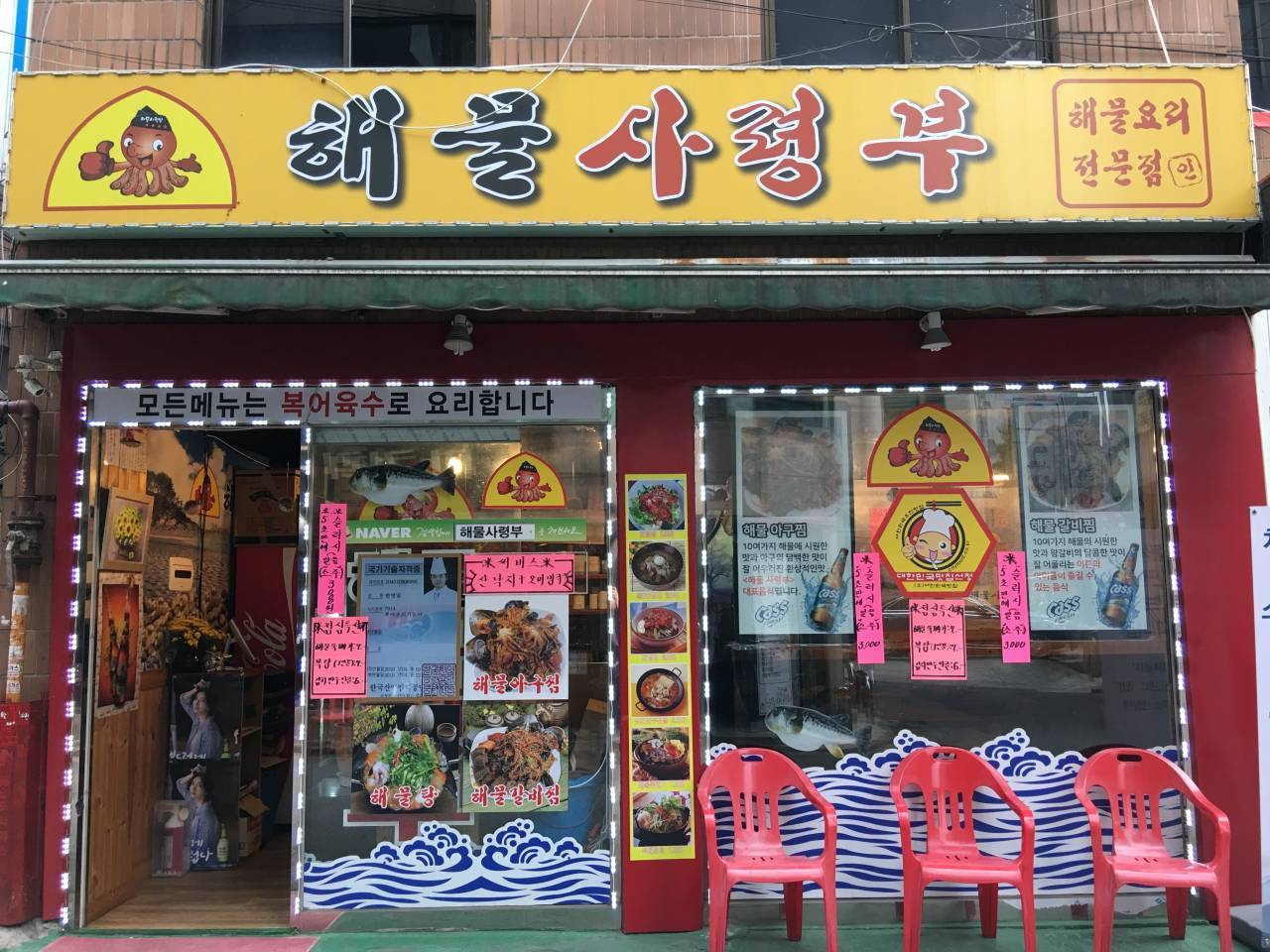
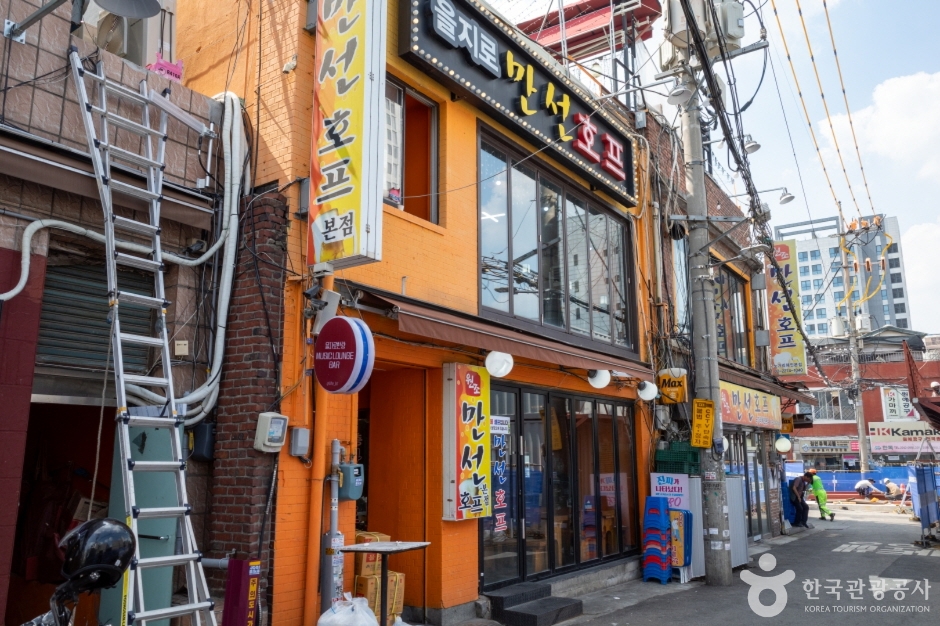
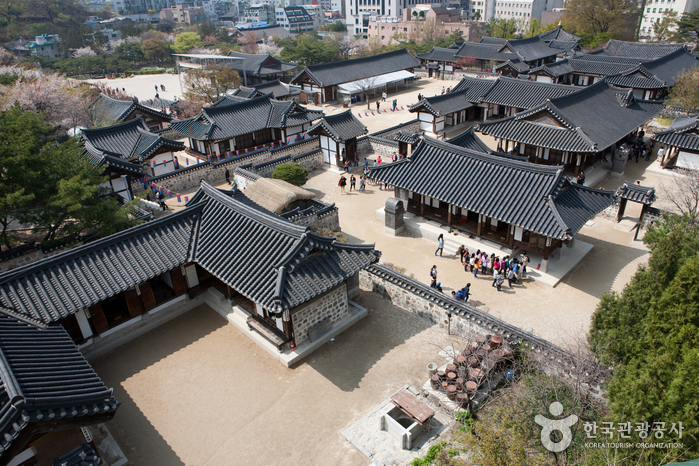
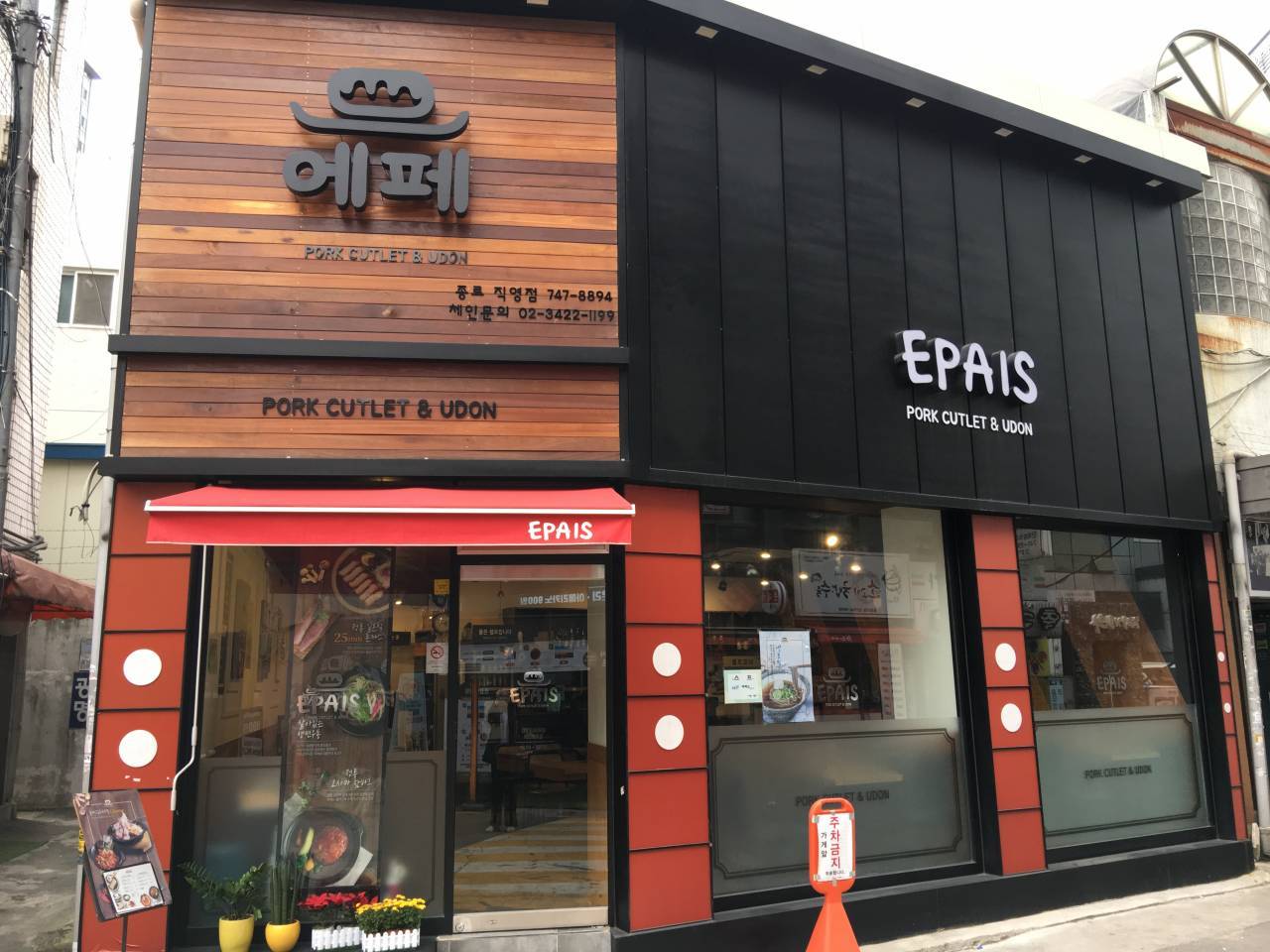
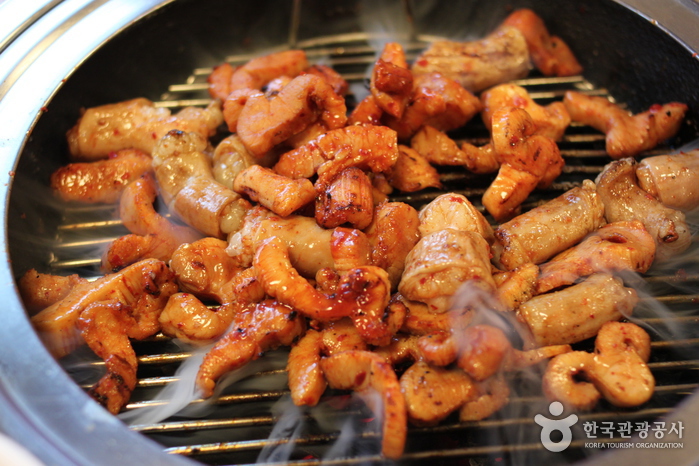
 English
English
 한국어
한국어 日本語
日本語 中文(简体)
中文(简体) Deutsch
Deutsch Français
Français Español
Español Русский
Русский